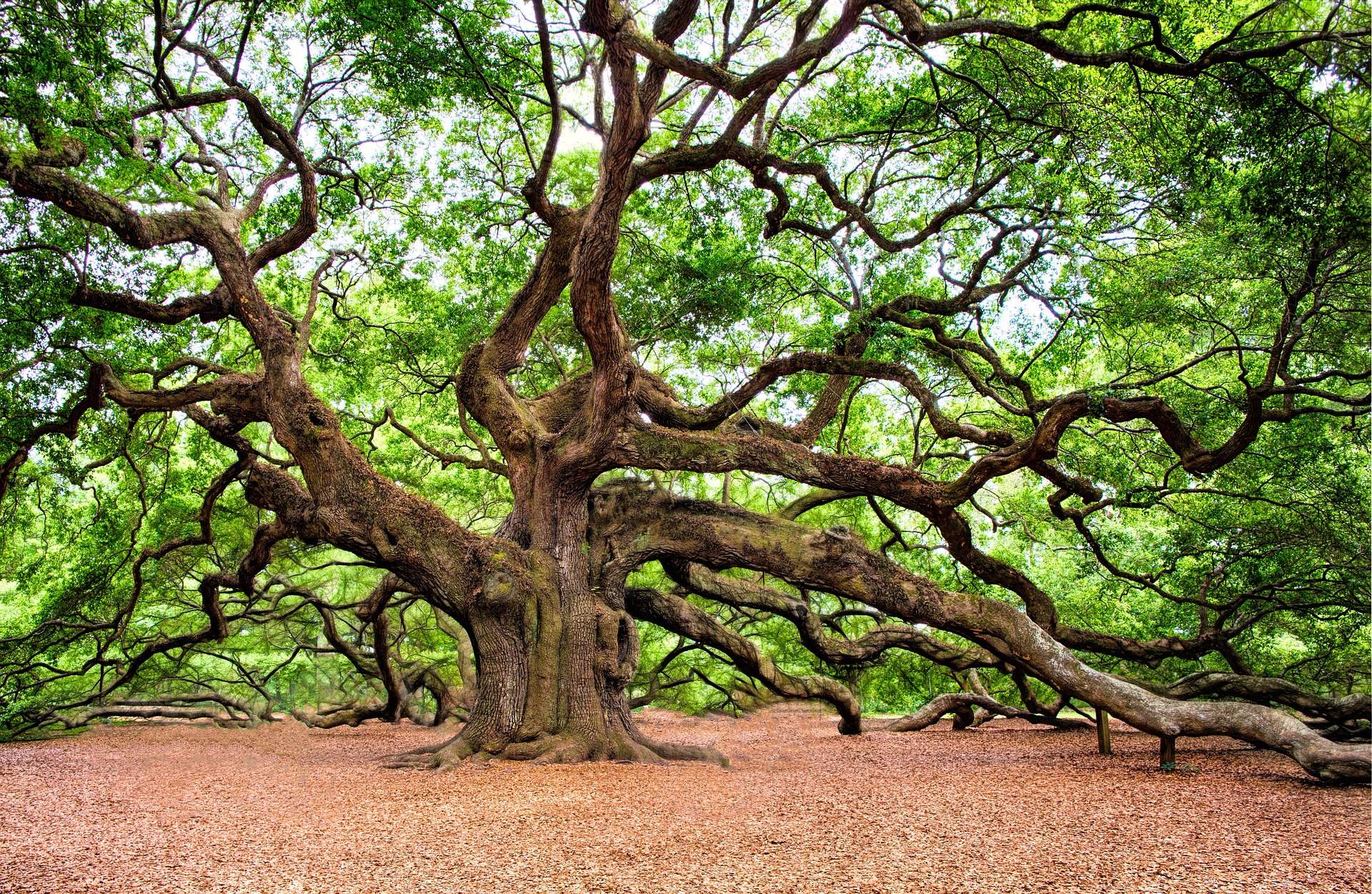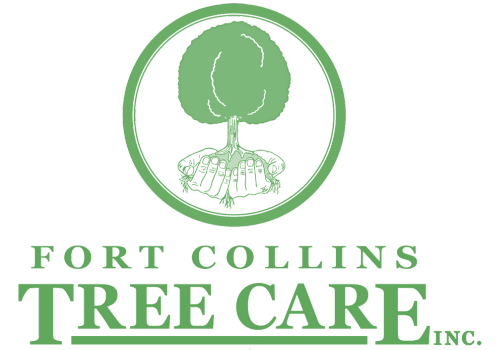ARE YOU READY FOR SOME HELP?
What is dwarf mistletoe?
Dwarf mistletoe is caused by small, leafless, flowering plants that are parasites of conifers. There are 5 species of these plants in Colorado, and they cause major damage to ponderosa and lodgepole pines, and they also damage limber pine, pinyon pine, and Douglas fir trees. Dwarf mistletoe slowly kills many host trees by depriving them of water and nutrients. It can slow host tree growth, make it less vigorous, cause it to be deformed, and make it more susceptible to insects and diseases.
Image by: Joseph O´Brien, USDA Forest Service, Bugwood.org
How to identify dwarf mistletoe
The plants that cause dwarf mistletoe live mostly inside the host trees, making it easier to identify its presence by the tree symptoms than be observing the plant. Infected trees will slowly die from the top down, and often they will have clumps of distorted tree branches called “witches’ brooms”.
Dwarf mistletoe shoots are the only part that projects out of the tree and is visible. These shoots are yellow-green, olive green, or reddish brown and have segments. They are 1/2″ to 6″ long and 1/8″ to 1/4″ in diameter. Small, inconspicuous flowers bloom on these shoots.
Image by: USDA Forest Service – Region 2 – Rocky Mountain Region Archive, USDA Forest Service, Bugwood.org
Life cycle of dwarf mistletoe
The dwarf mistletoe gets all of its water and most of its nutrients from the host tree. It can only survive outside the host tree in seed form.
From August to early September, the dwarf mistletoe launches its seeds up to 52 feet, at speeds up to 60 mph. Birds and other animals carry seeds to new trees too.
Some of the seeds hit suitable tree hosts and stick to needles. The sticky coating dissolves when rain wets the seed, allowing it to slide down the needle to the bark. In the spring the seed creates a “holdfast” that holds the seed to the bark, and then the seed grows “sinkers” which are root-like structures that penetrate the inner bark of the tree. The dwarf mistletoe grows inside the tree trunk or branch, absorbing water and nutrients from the tree. It produces a hormone that causes the host tree to provide more food and water to infected areas. This hormone also causes the tree to grow abnormal deformed masses of branches which form the witches’ broom.
After 2-5 years, the dwarf mistletoe shoots emerge from the tree. They grow for a couple more years and then flower in the spring. Wind and insects pollinate the flowers and more seeds are created, then launched to spread the dwarf mistletoe infection. The shoots live for 5-7 years, and they are replaced with new shoots when they die.
Image by: USDA Forest Service – Region 2 – Rocky Mountain Region Archive, USDA Forest Service, Bugwood.org
How to control dwarf mistletoe
Austrian, Mugo, and Scotch pine are resistant to dwarf mistletoe. Prune entire infected branches to eliminate the dwarf mistletoe, and remove heavily infected trees to prevent infecting healthy trees. Pruning the witches’ brooms, which are part of the host tree, not the mistletoe, will reduce the diversion of food and water from the host tree and restore some of the host tree’s original vigor. Trunk infections are not as serious, so don’t try to prune them away. Herbicides will kill the shoots and delay mistletoe seed production, but most herbicides that will kill the entire dwarf mistletoe will also damage the host tree













